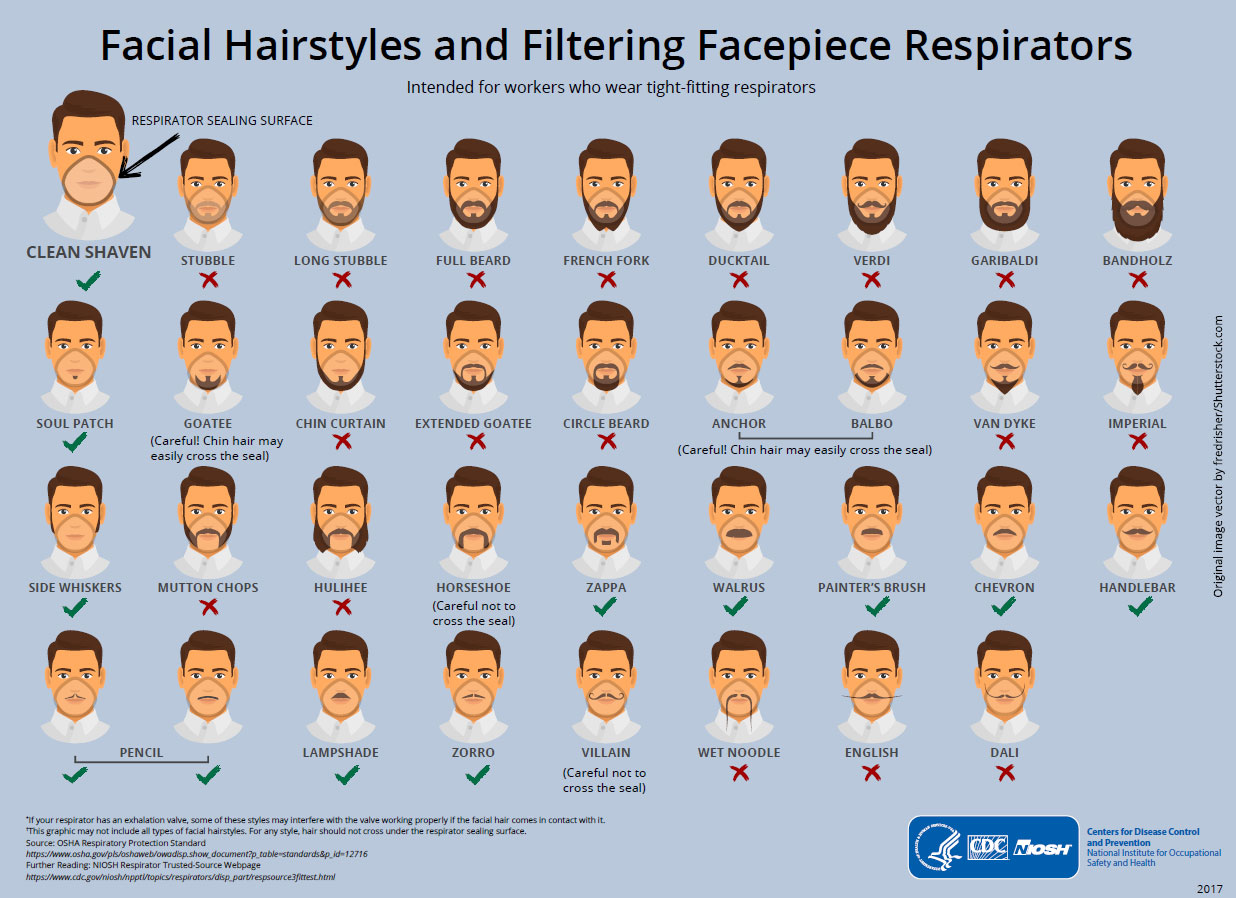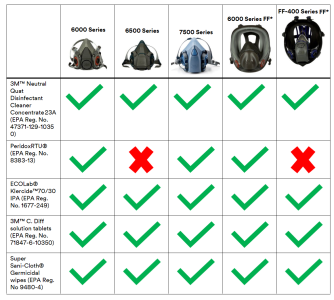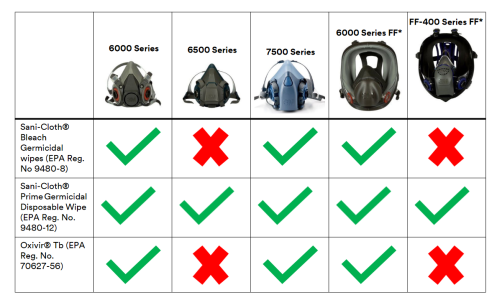ClusterTruck
Young Tutorling
As a beginner (with no mentor), I largely rely on information I can source from magazines and YouTube, but I can honestly say that I completely missed on necessary breathing apparatus required for spraying.
I mostly spray water based acrylics, and not that long ago when I was just starting I sprayed straight from the bottle, but as I’ve gotten better at understanding my paints I’ve taken to using additives such as reducer, clear coats such as uvls gloss, using airbrush cleaner on a frequent basis, more recently I’ve added ammonia for texturing effects, and I even plan to experiment with urea and candy 2o paints in the not too distant future.
My point is that beginners should know that when you’re spraying potentially hazardous chemicals, you absolutely need the proper equipment to protect your health.
I think I’ve got this one licked now, but I’m turning this over to the more experienced members. I think it would be valuable for beginners such as myself to learn what basic safety equipment they should use when spraying certain paints. Are there any hard and fast guidelines, and any recommendations for equipment for hobbyist artists?
On the plus side, I won’t be catching COVID, at least not while I’m spraying wearing my respirator [emoji28]
Thanks in advance for any replies to this thread.
I mostly spray water based acrylics, and not that long ago when I was just starting I sprayed straight from the bottle, but as I’ve gotten better at understanding my paints I’ve taken to using additives such as reducer, clear coats such as uvls gloss, using airbrush cleaner on a frequent basis, more recently I’ve added ammonia for texturing effects, and I even plan to experiment with urea and candy 2o paints in the not too distant future.
My point is that beginners should know that when you’re spraying potentially hazardous chemicals, you absolutely need the proper equipment to protect your health.
I think I’ve got this one licked now, but I’m turning this over to the more experienced members. I think it would be valuable for beginners such as myself to learn what basic safety equipment they should use when spraying certain paints. Are there any hard and fast guidelines, and any recommendations for equipment for hobbyist artists?
On the plus side, I won’t be catching COVID, at least not while I’m spraying wearing my respirator [emoji28]
Thanks in advance for any replies to this thread.




